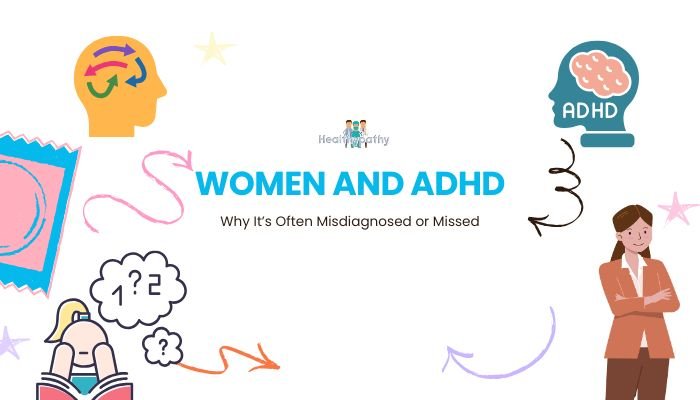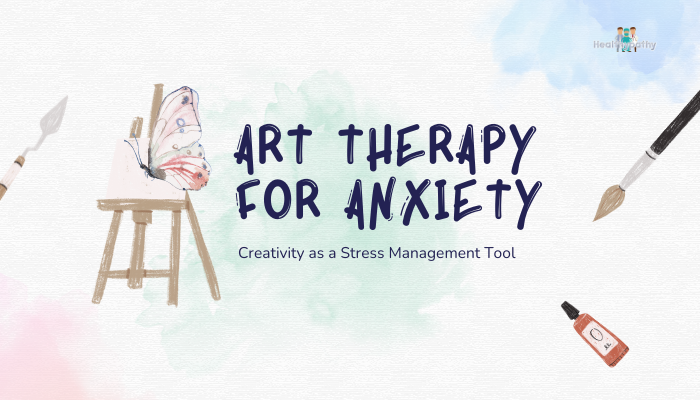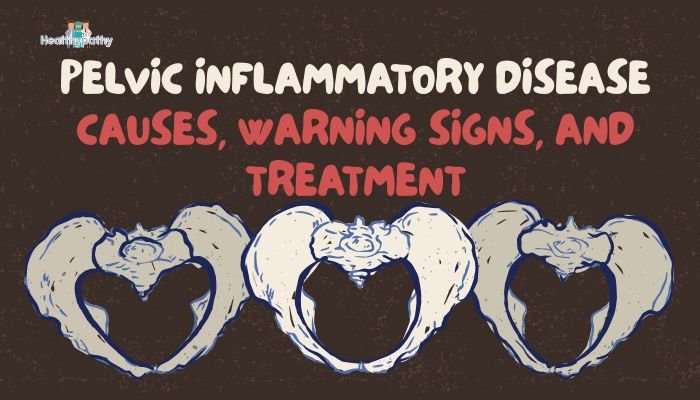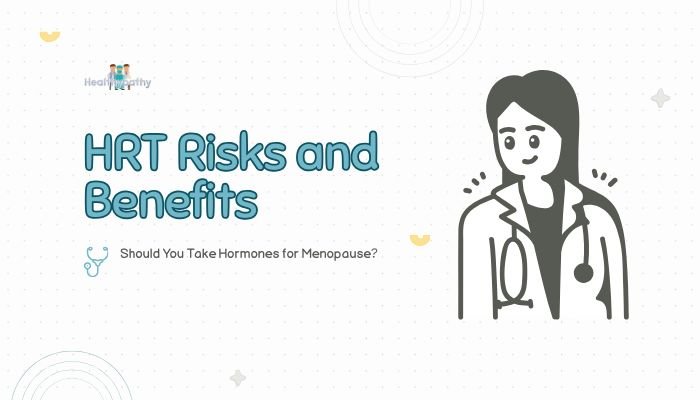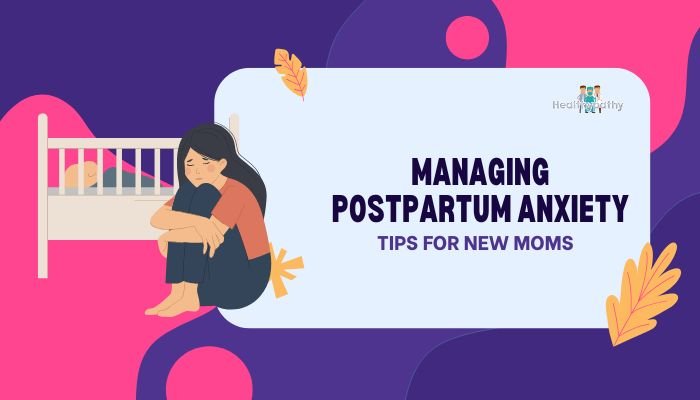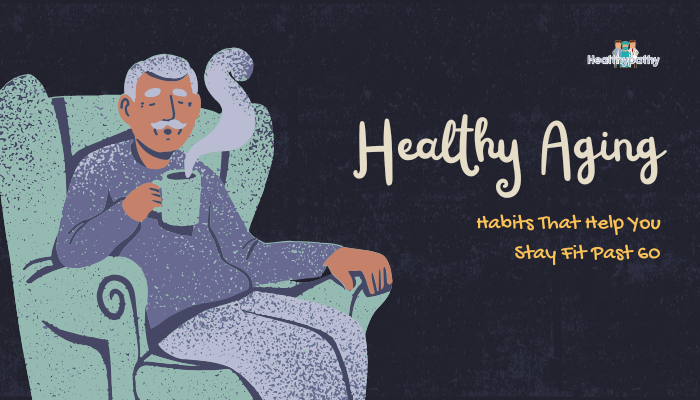Introduction
Attention Deficit Hyperactivity Disorder (ADHD) is frequently associated with hyperactive, impulsive young boys, leading many people to assume it primarily affects males. However, ADHD also impacts girls and women, though it’s often misdiagnosed or missed entirely.
Due to differences in how symptoms present, along with societal expectations placed on females, women may go untreated for years—finding out only in adulthood why they’ve consistently struggled with focus, organization, or impulsivity. This guide explores why ADHD in women remains under-recognized, what unique symptoms may appear, and how accessing the right support can transform well-being and success.
How ADHD May Present Differently in Women
More Inattentive Symptoms
While some boys exhibit hyperactivity and disruptiveness, girls and women with ADHD may be more prone to inattentive-type symptoms: daydreaming, difficulty sustaining attention, and forgetfulness. These traits can be misinterpreted as shyness or disinterest rather than a neurodevelopmental condition.
Masking or Coping Strategies
Women often learn to mask ADHD by over-organizing or using excessive effort to conceal disorganization. Some people may interpret them as “scatterbrained” but capable enough, missing the underlying cause.
Emotional Sensitivity
Fluctuating hormones (e.g., during menstruation or menopause) may exacerbate ADHD-related stress. High sensitivity to social cues and a tendency to internalize challenges can lead to anxiety or depression coexisting with ADHD.
Why Diagnosis Is Frequently Delayed
Societal Expectations and Stereotypes
Girls are often expected to be polite, organized, and diligent, so ADHD’s inattentive or daydreamy signs might be overlooked. Hyperactive or impulsive behavior might be considered “unladylike” or attributed to emotional issues.
Coexisting Conditions
Females with ADHD frequently experience anxiety, depression, or disordered eating, overshadowing ADHD symptoms. Clinicians may treat the comorbidities without exploring the root cause.
Diagnostic Criteria Bias
Past research and diagnostic models focused heavily on male-centered data. Testing protocols still emphasize externalizing behaviors (e.g., loud disruptions), leading to under-recognition of internal, inattentive challenges.
Signs and Symptoms to Look For
Organization and Time Management Issues
Ongoing trouble meeting deadlines, losing items, or missing appointments, despite best efforts to stay on top of tasks, is a clue. Women might feel incompetent or lazy, but it’s ADHD’s executive functioning deficit.
Persistent Forgetfulness or Distractibility
Struggling to follow through on multi-step instructions or constantly daydreaming are common. Some end up re-reading pages or re-watching instructions multiple times to grasp details.
Overwhelm and Emotional Dysregulation
Feeling easily flooded by responsibilities, with intense emotional reactions—anger outbursts or tearfulness—can reflect ADHD’s difficulty regulating emotional responses.
Chronic Self-Criticism
Undiagnosed ADHD can mean women label themselves as failures or “not living up to potential.” Low self-esteem often stems from repeated experiences of disorganization and forgetfulness.
Importance of Proper Diagnosis
Validation and Self-Understanding
Receiving a professional ADHD diagnosis validates that lifelong struggles with organization or distractibility aren’t due to laziness or lack of intelligence. This clarity can massively boost self-esteem and open pathways to effective strategies.
Access to Targeted Treatments
Diagnosis allows for evidence-based options:
- Medications (e.g., stimulants or non-stimulants) to enhance focus.
- Behavioral Therapy to develop coping and organizational skills.
- Self-Advocacy at work or school for accommodations if needed.
Reducing Comorbid Risks
Recognizing ADHD early can lessen the chance of coexisting mental health issues—like anxiety, depression, or substance abuse—worsening due to unresolved attention deficits.
Steps to Seek an ADHD Evaluation
Identify Key Concerns
List recurring challenges like disorganization, time blindness, or emotional outbursts. Provide concrete examples—missed deadlines, lost items, daily forgetting tasks.
Consult Professionals Familiar with Adult ADHD
Psychologists, psychiatrists, or specialized ADHD clinics often administer comprehensive evaluations, including rating scales, interviews, and possibly cognitive tests.
Share Childhood History
Diagnostic criteria generally look for symptoms starting in childhood. Recall teacher comments, academic performance patterns, or if family members suspected you had attention issues but never pursued formal assessment.
Rule Out Other Conditions
Thyroid disorders, anxiety, learning disabilities, or even perimenopause symptoms can mimic or mask ADHD. Thorough checkups ensure accurate diagnosis and appropriate interventions.
Managing ADHD as a Woman
Medication and Therapy
Stimulants (methylphenidate or amphetamines) or non-stimulants (atomoxetine) can improve attention and reduce impulsivity. Cognitive Behavioral Therapy (CBT) or coaching helps adapt organizational systems and challenge negative thinking.
Lifestyle Adjustments
- Structured Routines: Color-coded calendars, phone reminders, or bullet journals can anchor daily tasks.
- Decluttering and Simplifying: Reduces visual and mental chaos.
- Healthy Habits: Regular exercise, balanced diet, and adequate sleep bolster focus and mood.
Emotional Well-being
- Support Networks: Engage with ADHD support groups or online forums to share tips and experiences.
- Self-Compassion: Replace self-blame with recognition that ADHD is a neurodevelopmental difference—progress can be incremental but meaningful.
Conclusion
Women with ADHD frequently go under the radar due to gender stereotypes, different symptom presentations, and overshadowing comorbidities. Recognizing inattention, forgetfulness, or emotional overwhelm as potential ADHD signs rather than personal failings can be transformative, leading to targeted interventions that unlock better focus, emotional balance, and self-confidence. Whether through medication, therapy, or practical life hacks, an accurate diagnosis can reshape how you manage daily tasks and cultivate success in every sphere of life. If suspicion arises, reaching out to an informed healthcare professional paves the way for a thorough evaluation and step-by-step solutions to thrive with ADHD.
References
- American Psychiatric Association (APA). Diagnostic and Statistical Manual of Mental Disorders, 5th Edition (DSM-5). 2013.
- CADDAC: Centre for ADHD Awareness, Canada. ADHD in Women and Girls: Clinical guidelines. 2021.
- National Institute of Mental Health (NIMH). ADHD in Adults: Recognizing symptoms. 2020.
- Quinn P, Madhoo M. A review of attention deficit hyperactivity disorder in women and girls: from diagnosis to adaptive functioning. Clin J Women’s Health. 2019;18(3):224–230.

